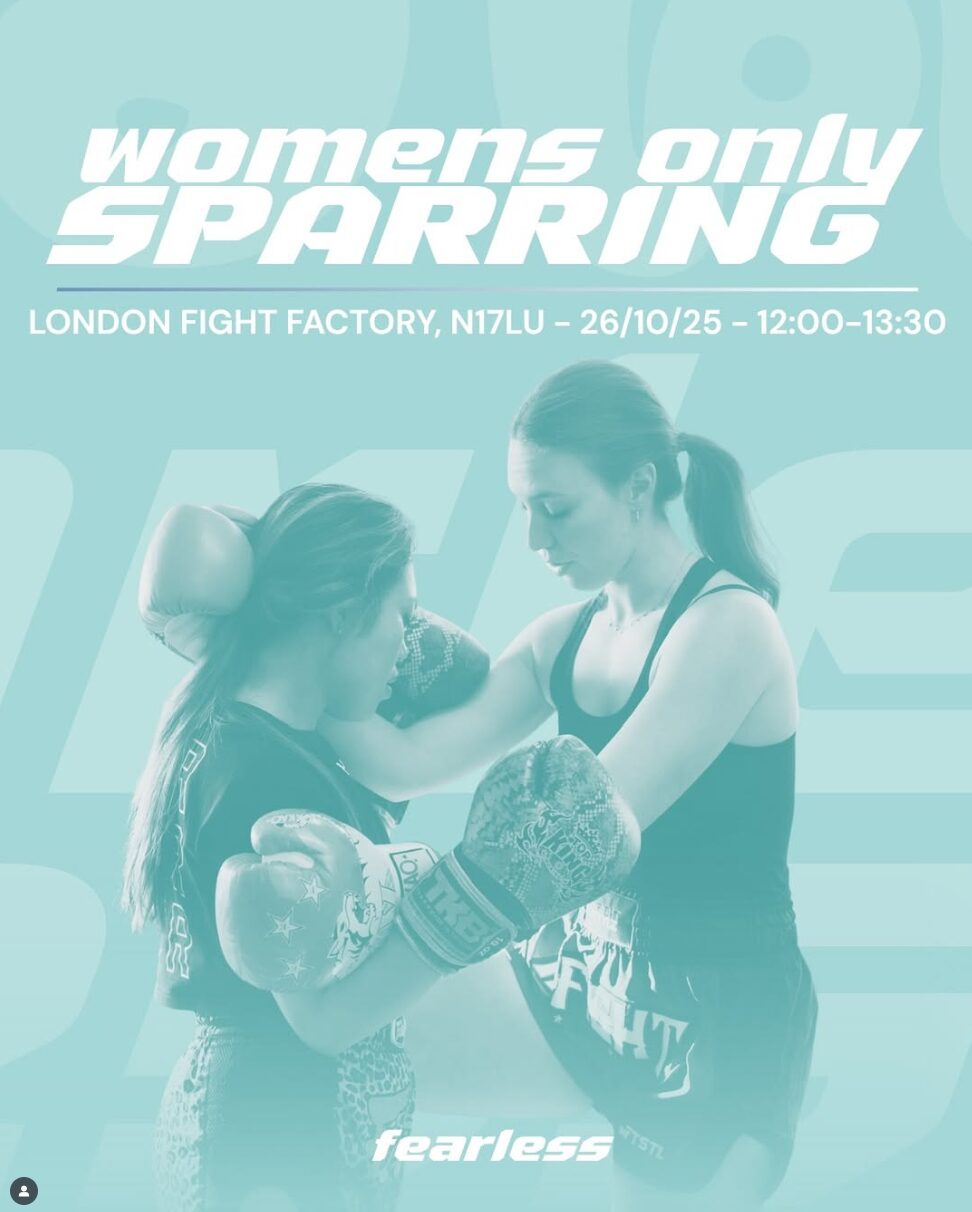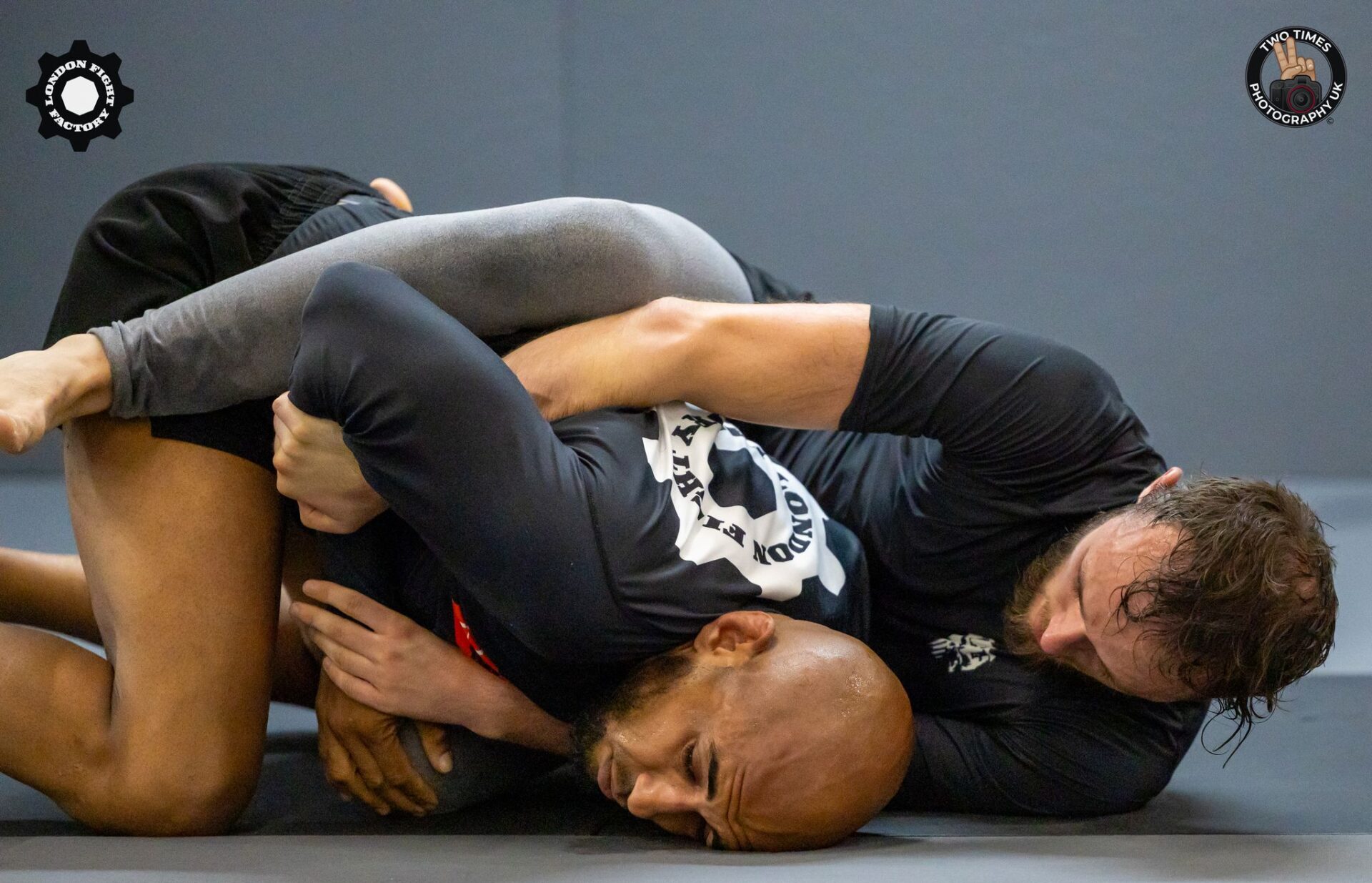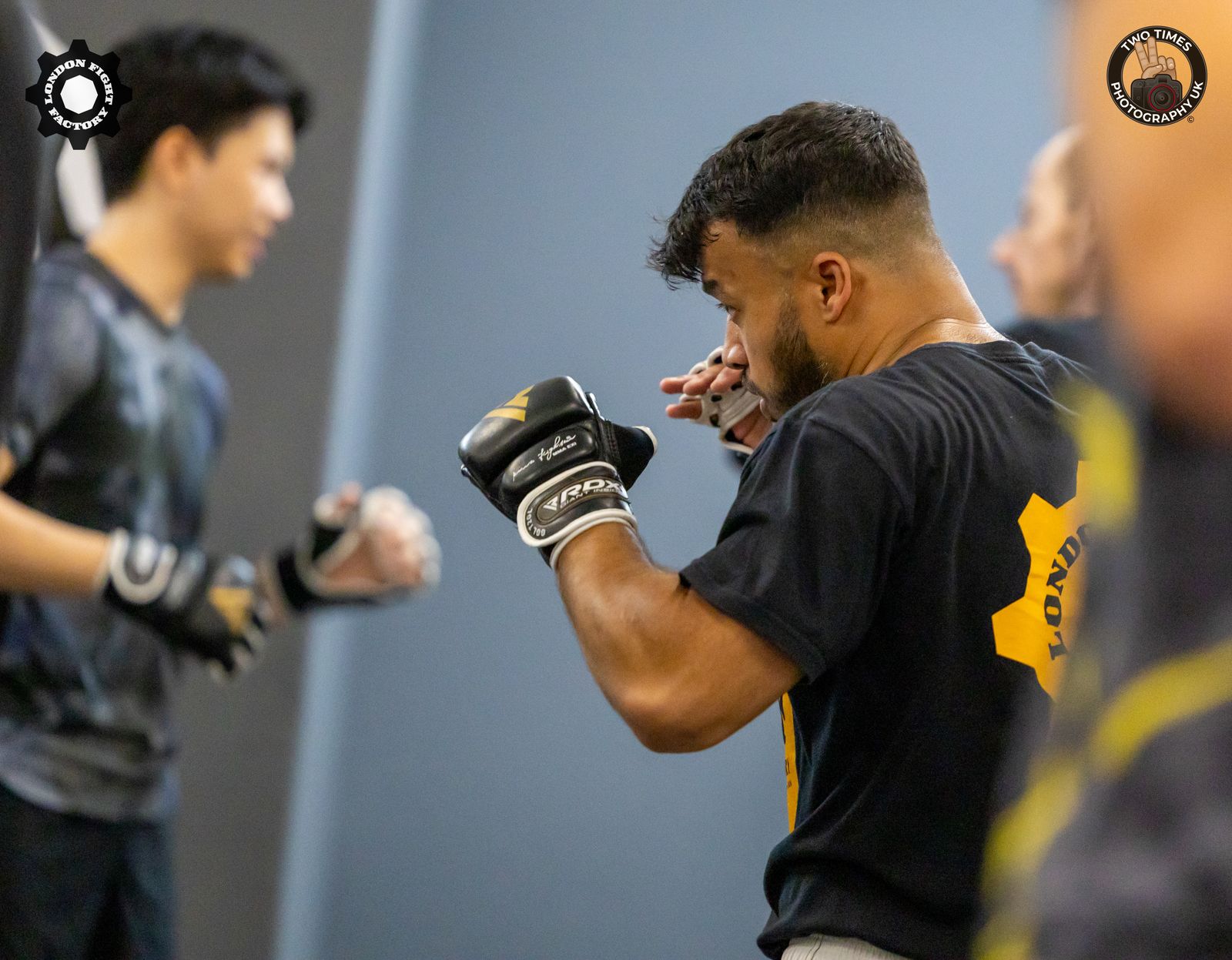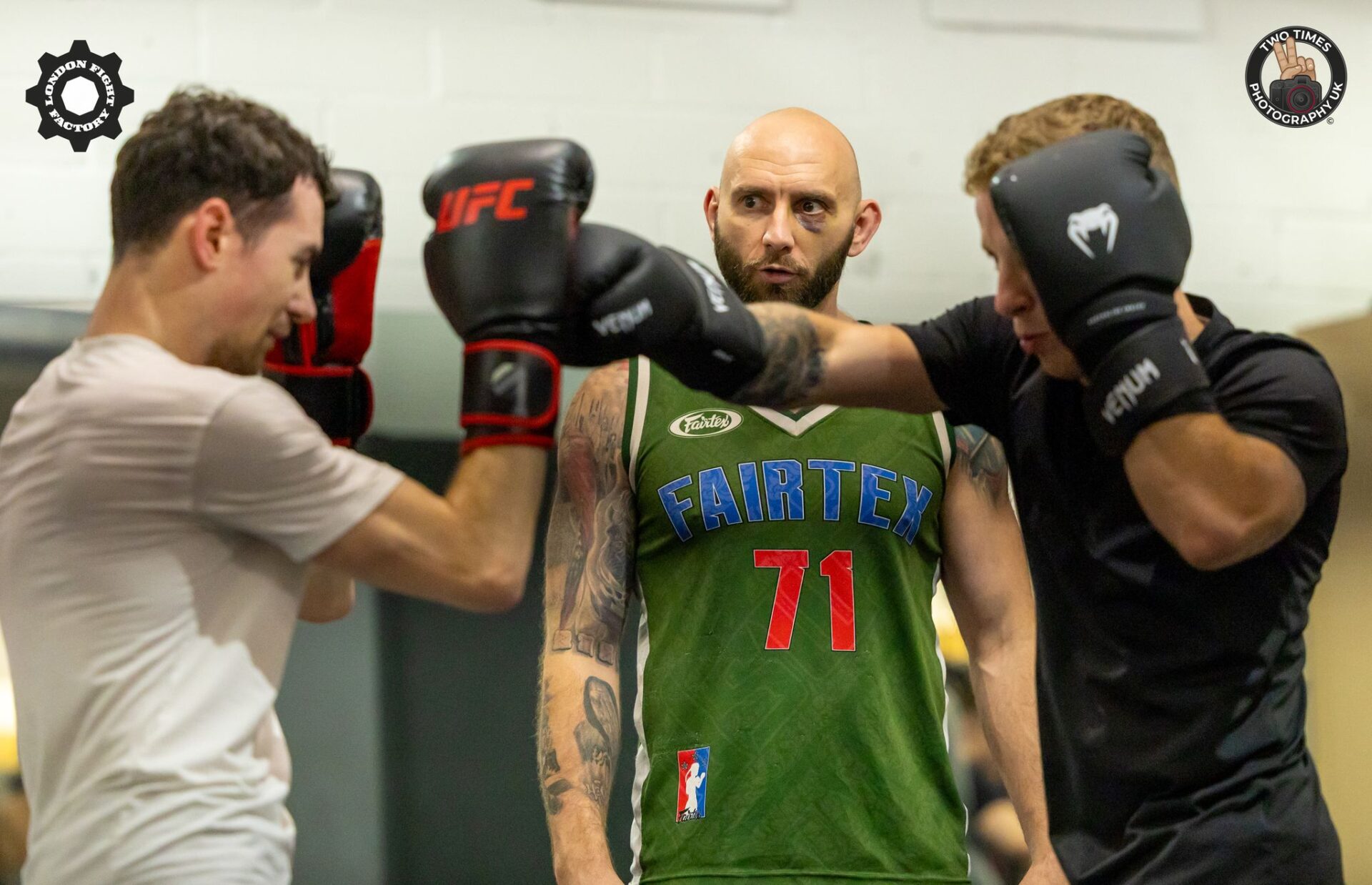Introduction
Embarking on your martial arts journey can be both exhilarating and nerve-wracking. For many, the first time at a martial arts gym brings a mix of excitement and apprehension. This guide aims to alleviate those concerns by providing a comprehensive overview of what to expect and how to prepare for your first martial arts class. Whether you’re looking to build self-defense skills, improve fitness, or explore a new hobby, understanding what lies ahead can make the experience more enjoyable and rewarding.
Table of Contents
- Understanding Different Martial Arts Styles
- Preparing for Your First Class
- What to Expect During Your First Visit
- Basic Etiquette in a Martial Arts Gym
- Essential Gear for Beginners
- Tips for a Successful First Class
- Understanding Different Martial Arts Styles
- When diving into the world of martial arts, it’s essential to recognize the variety of styles available.
Understanding Different Martial Arts Styles
When diving into the world of martial arts, it’s essential to recognize the variety of styles available. Here are some of the most popular styles offered at our gym:
Muay Thai
Known as the “Art of Eight Limbs,” Muay Thai utilizes punches, kicks, elbows, and knees. Originating from Thailand, it’s renowned for its rigorous training and full-body conditioning. Meet Coaches China and Anton.
Brazilian Jiu-Jitsu (BJJ)
BJJ, a grappling-based martial art, focuses on ground fighting and submission holds. It teaches how to control and subdue opponents, making it effective for self-defense. Meet Coach Luiz.
Sambo
Originating from Russia, Sambo is a martial art and combat sport that combines elements of judo and wrestling. It emphasizes throws, locks, and submissions. Meet Coach Silviu.
Wrestling
Wrestling focuses on grappling techniques and control over opponents. It’s a foundational sport that enhances strength, endurance, and technique.
Boxing
Boxing is a striking art that focuses on punches, footwork, and defensive maneuvers. It’s excellent for cardiovascular fitness and developing hand-eye coordination. Meet Coach Silviu.
NoGi
NoGi Jiu-Jitsu is a variation of BJJ practiced without the traditional Gi uniform. It focuses on grips, speed, and technique.
Key Takeaways
Each martial arts style offers unique techniques and philosophies. Understanding the differences can help you choose the style that best aligns with your interests and goals.
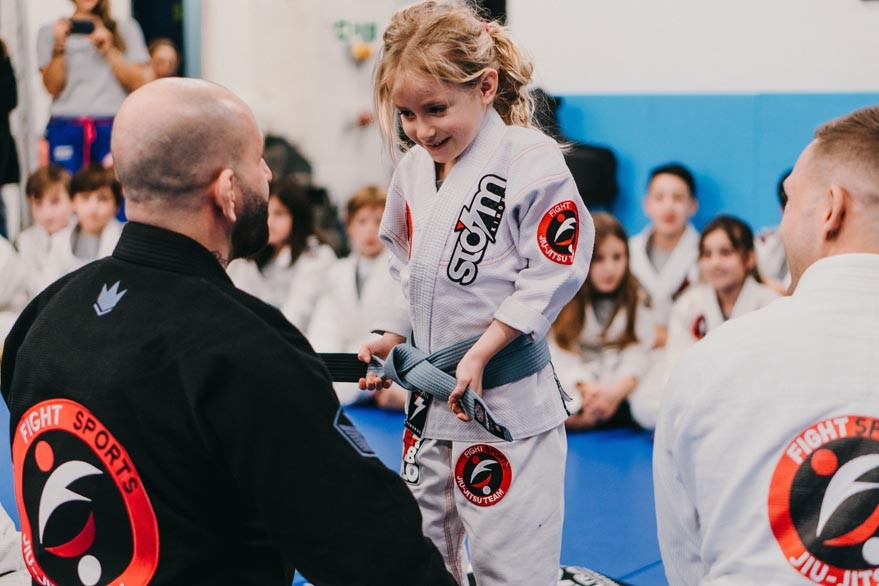
Preparing for Your First Class
Proper preparation is crucial for a smooth introduction to martial arts. Here’s how to get ready:
Research and Choose the Right Class for you
Research different martial arts styles to find one that suits your needs. Look for reviews, visit the gym, and talk to instructors.
Necessary Preparations
Ensure you have completed any required paperwork and understand the gym’s policies. Check if there are any fitness prerequisites and prepare mentally by setting clear, achievable goals.
Key Takeaways
Thorough research and mental preparation can significantly enhance your first experience in a martial arts gym.

What to Expect During Your First Visit
Your initial class will likely follow a structured format, typically including:
Warm-Up
Classes usually start with a warm-up to prepare your body for training. This may include stretching, running, or basic calisthenics.
Drills and Techniques
You will learn and practice fundamental techniques. Instructors may demonstrate moves that you will then practice with a partner or on your own.
Cool-Down
The session often ends with a cool-down period to stretch and relax the muscles worked during training.
Key Takeaways
Expect a blend of physical activity, learning new techniques, and meeting new people. This structure helps ease newcomers into the training routine.
Basic Etiquette in a Martial Arts Gym
Respect and discipline are cornerstones of martial arts training. Here are some common etiquette rules:
Punctuality
Arrive on time to show respect for the instructor and fellow students.
Cleanliness
Maintain personal hygiene and ensure your uniform and gear are clean.
Respect
Show respect to your instructor and training partners. Follow the dojo’s rules and guidelines.
Key Takeaways
Adhering to these etiquette rules fosters a positive and respectful training environment.
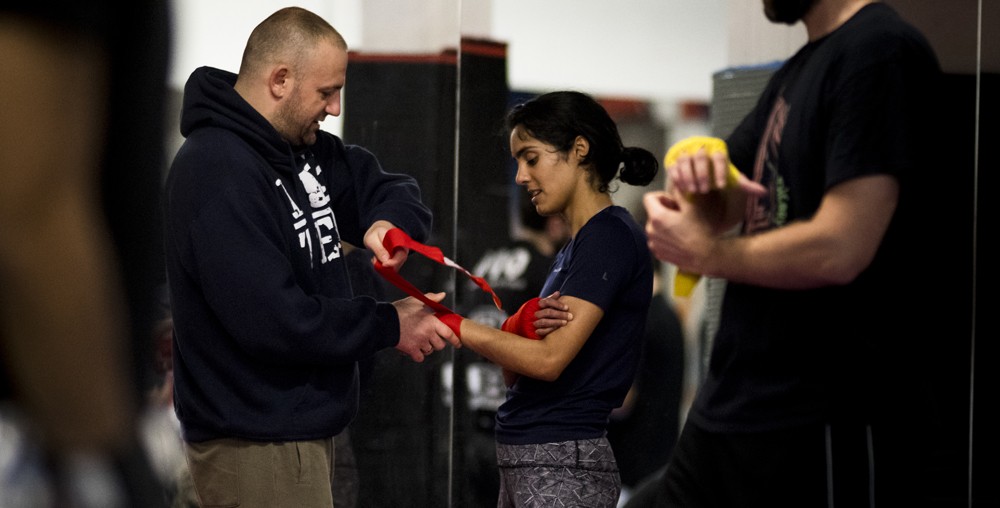
Essential Gear for Beginners
Starting martial arts requires some basic gear:
Uniform
Depending on the martial art, this could be a Gi (BJJ), Muay Thai shorts, or other specific attire.
Protective Equipment
Items like mouthguards, gloves, and shin guards may be necessary depending on the style.
Accessories
Water bottle, towel, and appropriate footwear (if required).
Key Takeaways
Investing in quality gear enhances your training experience and ensures safety.

Tips for a Successful First Class
To make the most of your first class:
Stay Hydrated
Drink plenty of water before and after the session.
Listen to Your Body
Pay attention to how your body feels and don’t push beyond your limits.
Ask Questions
If you’re unsure about a technique or rule, don’t hesitate to ask your instructor for clarification.
Key Takeaways
Staying hydrated, listening to your body, and seeking clarification can help you have a positive and productive first class.
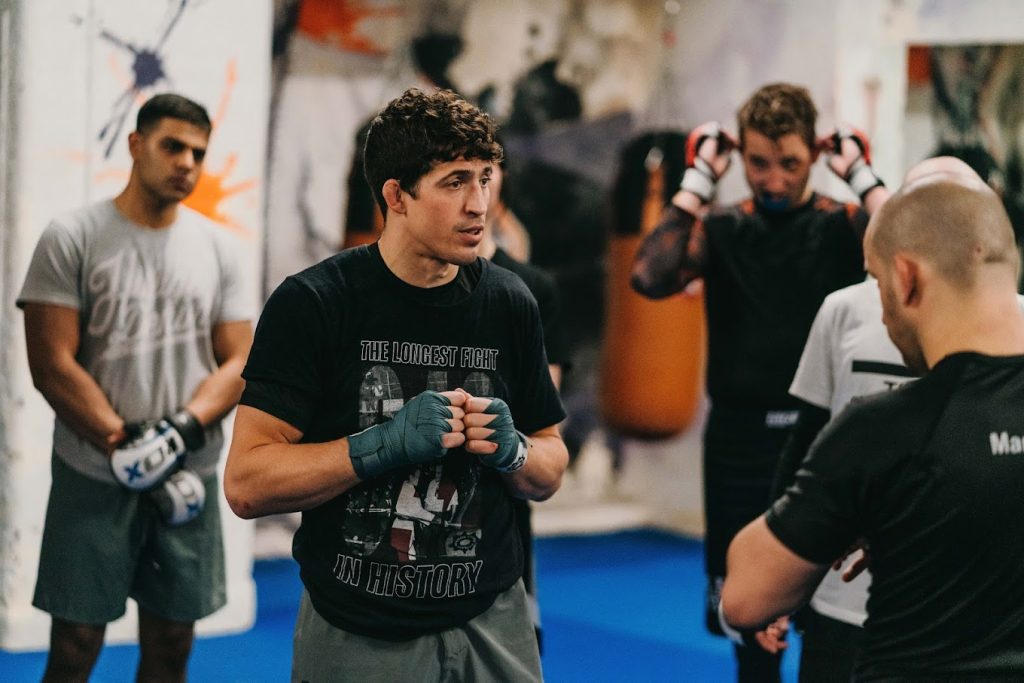
Conclusion
Your first time at a martial arts gym can be a transformative experience. By understanding different martial arts styles, preparing adequately, knowing what to expect, adhering to gym etiquette, acquiring the right gear, and following practical tips, you set yourself up for success. Remember, the journey of learning martial arts is as much about personal growth as it is about physical training. Embrace the process, stay committed, and enjoy every step of your martial arts journey.
For more information about our coaches, visit our Coaches Page.
Interested in trying a class? Check out our Trial Class Page.
Ready to join a single class? Visit our Memberships page.





